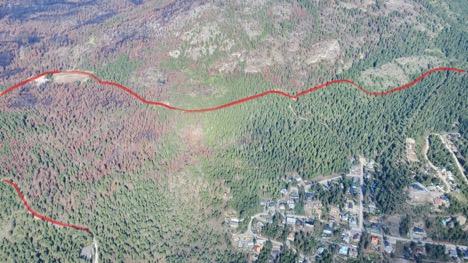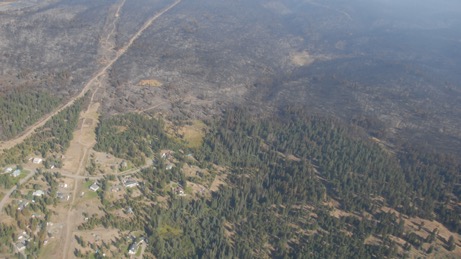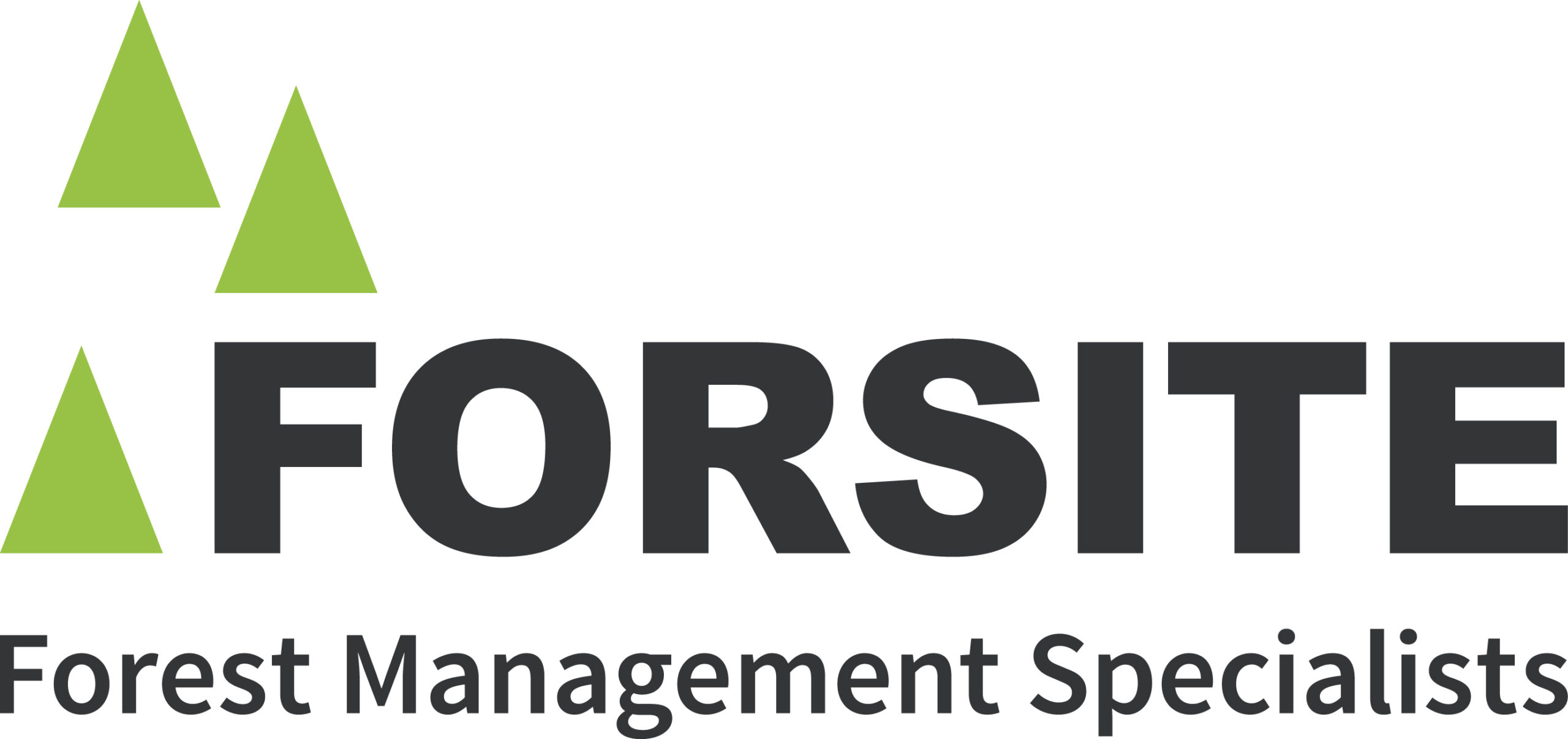
For roughly a century we have been putting out wildfire on the land and we’ve gotten pretty darn good at it. Unfortunately, this well intended policy has had unintended consequences – namely our rural communities, and the very forests that they depend upon, are at extreme risk of catastrophic loss due to a wildfire deficit. Our friend Smokey the Bear has been too successful with his wildfire prevention message!
Prior to the era of fire exclusion as a result of colonialism, it was a time of embracing wildfire and indigenous led cultural fire as natural processes within ecosystems. The result was that our forest were much more resilient than they are today to landscape level disturbances, be it from bark beetles, weather events, or wildfire. The patch work or mosaic stand structure produced by natural and anthropogenic fire simply didn’t allow for large scale destructive forces to occur or they occurred where ecologically appropriate (i.e. boreal or upper elevations forests).
Communities that find themselves against forests, known as the wildland urban interface (WUI), are undoubtably exposed to wildfire risk and protection is layered and multifaceted. The question is how much risk and what can be done about it? For a holistic, full circle approach to wildfire resiliency, you must access skills and knowledge from various fire and forest specialties –operational fire experience, fire behaviour knowledge, fire and forestry ecology, fire modelling technology, community level educators, silviculture reforestation specialists. Additionally, it is critical to maintain positive relationships with First Nations, planners at all government levels, local communities, BCWS and other government services and associations. Success can be achieved when you combine such diversified knowledge across forestry and fire operations and practices with those relationships.
The good news is that there are well established provincial programs to support mitigating risk for your community, such as Community Resiliency Investment Program (FireSmart discipline focused) through the Union of BC Municipalities or through the Ministry of Forest Wildfire Risk Reduction program which focusses on unceded crown land. In both cases, a qualified forest professional is best suited to support your risk mitigation activities.
The Roman’s didn’t build walls around their cities when they were under attack, rather the defenses were put up well in advance. It’s no different for communities that find themselves living in the WUI. Wildfire does not discriminate between a forest or a subdivision, it’s all fuel irrespective of any administrative boundaries.
Another question you might be asking yourself is does wildfire risk reduction work to protect communities? In short – yes! We are aware of numerous cases where fuel treatments around communities were highly successful and here’s a couple of our observations from the work we’ve been involved with.
The first example is from Westshore Estates in the North Okanagan near Vernon that was implemented by the Okanagan Indian Band. In this case, John Davies, RPF, supported the Band over a period of 10 years through numerous UBCM community resiliency investment (CRI) initiatives with the objective of protecting communities in the area. The program focused on planning, prescribing, and implementing wildfire risk reduction activities primarily through fuel treatments. John’s operational fire experience and fire behaviour knowledge combined with his ability to build inter-agency and government to government relationships were invaluable to developing and implementing a successful program. In 2021, as the White Rock Lake wildfire approached Westshore Estates, the mitigation works were truly stress tested under extreme wildfire behaviour conditions. “The landscape-level fuel breaks we planned, developed, designed, and implemented around Westshore Estates successfully protected the community from the White Rock Lake fire. The fuel break successfully reduced wildfire behaviour near the homes and allowed structural fire fighters defensible space from which to safely deploy suppression tactics before the approaching wildfire.”

Photo 1: Landscape fuel break (within red line) surrounding Westshore Estates showing how it worked to stop the White Rock Lake fire from reaching the community (2021).
As climate change continues to express itself through larger, more frequent, and catastrophic landscape level wildfires, our ability to prepare, mitigate, respond, and recover (also known as the Emergency Management Continuum) from these events needs to adapt and grow too. We have been fortunate to be part of these conversations and work too. More and more reliance is being put towards predictive services and fire behaviour modeling in an effort to protect communities and support informed response.
“When I reflect on our experience in Logan Lake in 2021 during the Tremont Wildfire, it was a combination of years of commitment by the citizens of Logan Lake and the use of advanced planning that made a huge difference” said Garnet Mierau, RPF. Garnet is another forest professional with Forsite that has been supporting communities in wildfire risk reduction and has been working with Logan Lake since 2013. Mierau continued, “Our fuel treatment units and community forest harvest activities played a key role tactically for both structure fire fighters and the BC Wildfire Service crews to defend Logan Lake safely and effectively. As we now look at recovery from the Tremont Wildfire, we are considering all values especially with our First Nation neighbours who were also deeply impacted by the same event. I invite anyone to come out and see for themselves how effective our fuel treatments were under extreme conditions. The contrast between treated and untreated is drastic. It’s been quite validating to see such positive results of everyone’s hard work over the years and we must keep going.”

Photo 2: Fuel Treated Areas (green forest) north of Logan Lake adjacent to Tremont Wildfire (untreated area)
We continue to have key decisions in front of us concerning wildfire risk, where we choose the option to walk paths that may be more challenging, and in some cases take routes that are over-grown, to create a better future for our communities, the forests, and the land. Management of wildfire risk can be viewed from stages and layers and is driven by various activities occurring in forests around communities –from trails and recreation to timber development to wildlife use. We seek opportunities to align various activities and values towards the common goal of wildfire resiliency by affecting change through forest practices. Whether it is an alternative view of the landscape, designing forests for resilience first, re-introducing ecologically appropriate wildland fire to the landscape or maximizing the benefit of emerging technology and innovation to ensure informed decisions, there is significant opportunity moving forward – and we must move forward.
 If your community wants to learn more about how to prepare itself strategically and tactically from a wildfire, please feel free to reach out to John Davies, our business unit manager for Forsite Fire, at jdavies@forsite.ca or visit forsite.ca/services/wildfire.
If your community wants to learn more about how to prepare itself strategically and tactically from a wildfire, please feel free to reach out to John Davies, our business unit manager for Forsite Fire, at jdavies@forsite.ca or visit forsite.ca/services/wildfire.
This article is part of our partnership with the Western Canada SFI Implementation Committee (WCSIC) and our jointly hosted Wildfire Resilience and Awareness Week.